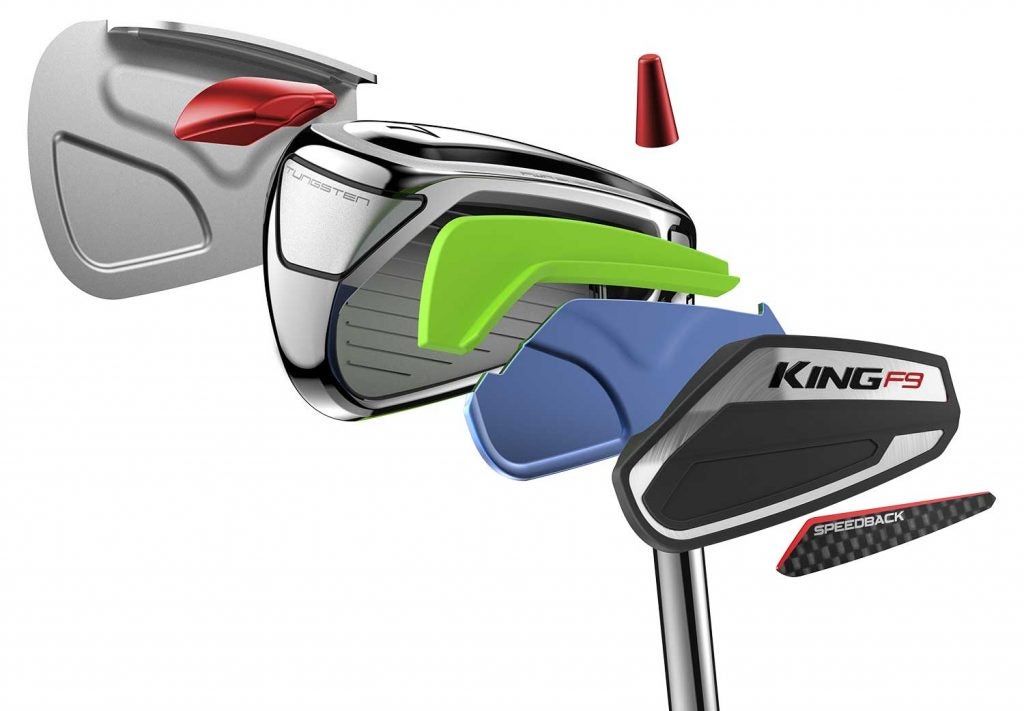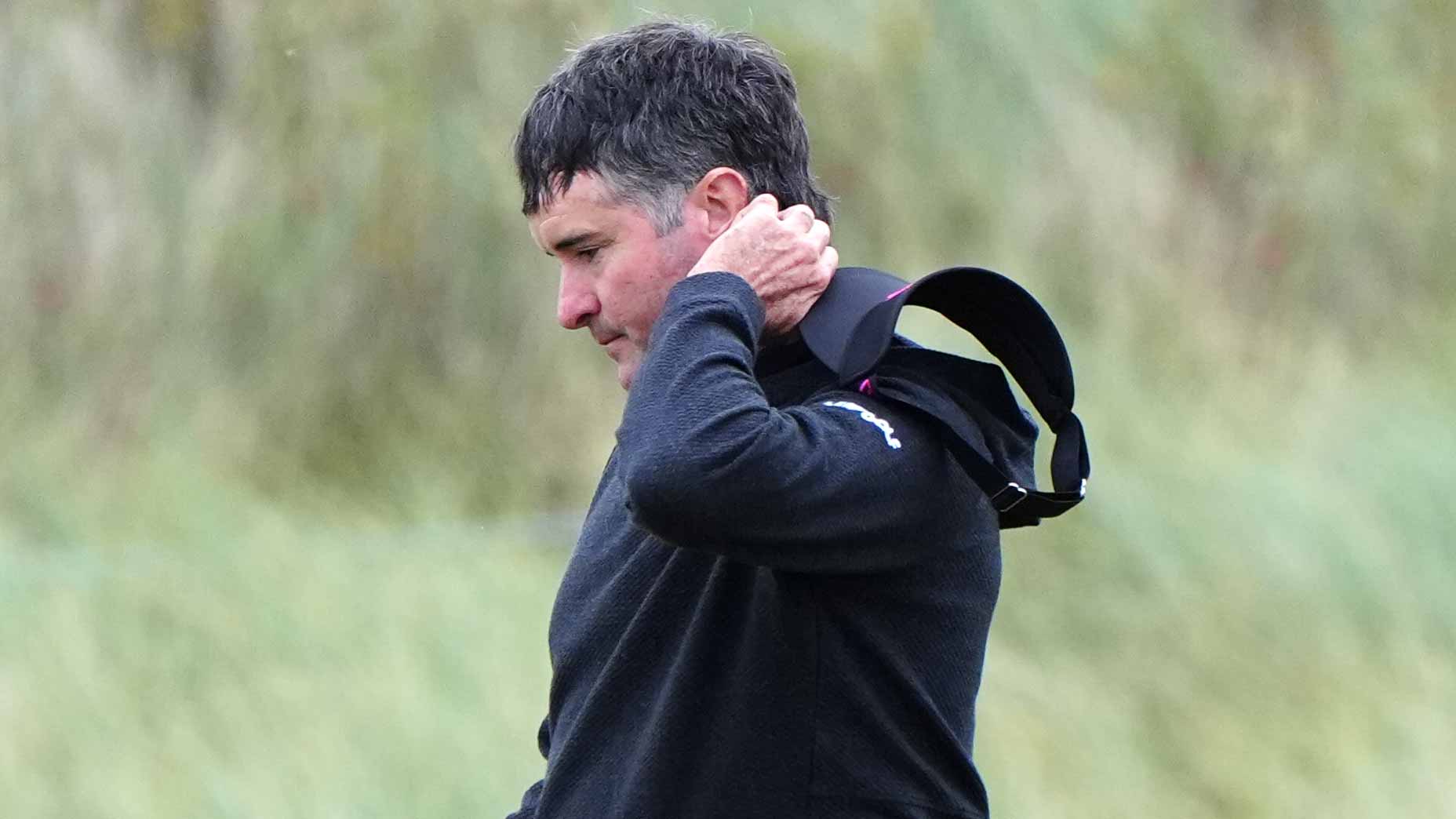Bryson DeChambeau is a pioneer of a technology that may well end up changing the game. You’ve probably heard about them by now: single-length irons.
Rather than variable-length irons, where distance gaps are created in part because the shaft is longer in the longer irons and shorter in the shorter irons (hence the names), single length irons are all the same length. The lofts are different, obviously, which is how they all go different distances.
Cobra Golf, Bryson DeChambeau’s equipment sponsor, unveiled its new 2019 product line on Tuesday and within it rolled-out a new set of one-length irons: The KING F9 Speedback One Length Irons. The set is a game-improvement option to compliment its KING Forged Tec Black One irons, and features a number of new innovations including progressive shaft weighting and varying lie angles so the ‘longer’ irons are more upright than the shorter irons.

But if you’ve ever tried single-length irons for the first time, you’ll know they feel different. It goes with the territory. That’s why we asked Bryson about single-length irons, who shared some tips that could help if you’re considering making the switch.
1. Adjust your ball position
If you’ve looked into one-length irons, you’ve probably heard that the higher-lofted clubs go higher than their variable-length equivalents, and the lower-lofted clubs go lower. It’s a product of having variable lofts in shafts that are all the same length. Because of that uniformity in the length, though, many people tend to play the ball position in the same spot throughout the bag. But if you’re struggling to get those lower-lofted irons up in the air, don’t be afraid to tinker with your ball position.
“I player my lower-lofted irons slightly higher-up in my stance,” Bryson says. “Not as much as variable-length, but a little further up can help golfers adapt to the lower-lofted irons.”
2. Embrace the versatility
When your wedges are the length of a six or seven iron, a natural question arises: Do they feel awkward when you’re chipping or pitching around the green? It’s an adjustment (more on that later), but Bryson says that because the higher-lofted irons go higher and are longer than a standard set, you can manipulate the club in more ways.
“You’ll find that one-length irons are far more versatile around the greens,” Bryson says. “You can vary the trajectory more, your distance control will improve because you can choke down more if you want…you have more options of playing different clubs around the green.”
Bryson is getting dialed in Vegas for the @ShrinersOpen. #ONELength pic.twitter.com/zXRC2pkeyn
— COBRA Golf (@cobragolf) October 29, 2018
3. Accept the learning curve
Finally, there’s no getting around it: When you’ve grown up your entire life swinging variable-length irons, as most golfers have, single-length irons will be an adjustment. The shorter longer irons may look unusual on the eye; you may not be used to choking-down so much on your wedges around the green; the gapping between irons may be tighter than you’re used to. That’s all normal, and it’s something you’ll get used to in time.
“They’re going to love the game more because it makes it easier,” Bryson says, “but there’s an adjustment period.”







